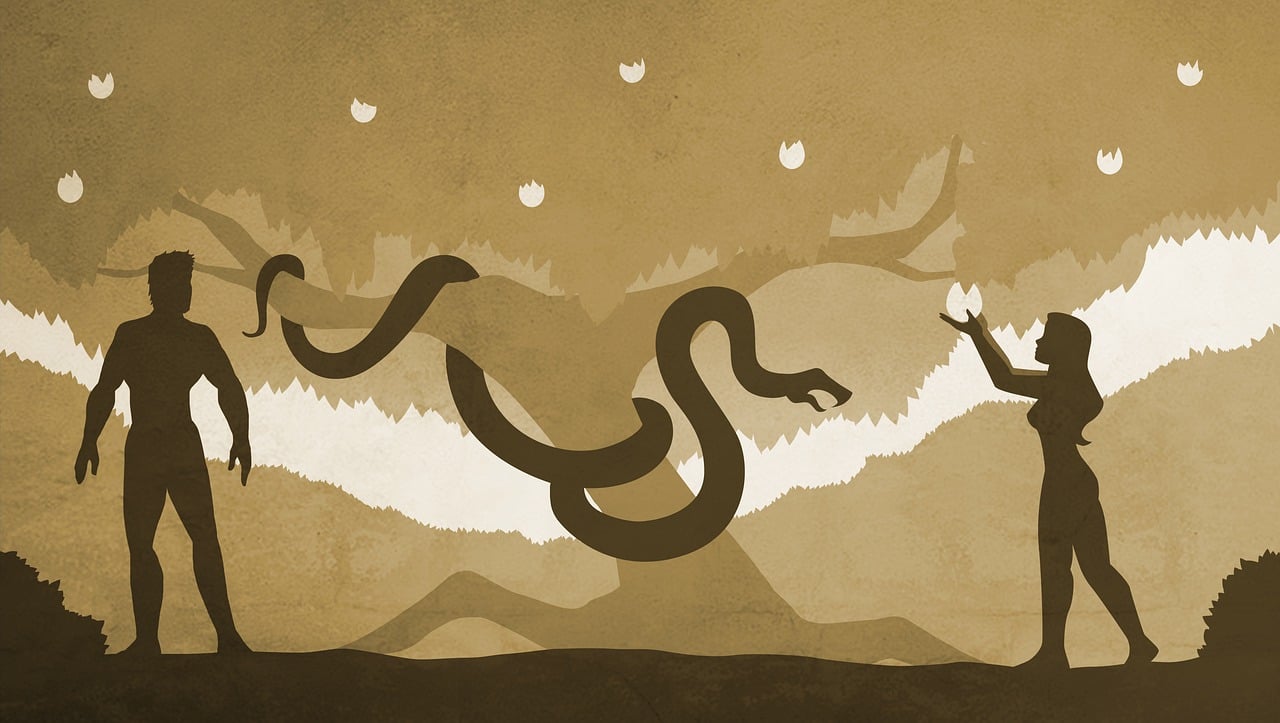“From Genesis to Christ: Understanding Who the Second Adam Was”
The concept of the Second Adam is a fascinating thread woven throughout the tapestry of the Bible, linking the dawn of humanity in Genesis to the redemptive work of Christ. This theological journey explores the profound significance of the Second Adam, shedding light on the identity that spans across the ages.
1. Genesis: The First Adam To comprehend the Second Adam, we must first turn our gaze back to the Book of Genesis. The creation narrative unfolds with the first Adam, fashioned from the dust of the earth and imbued with the breath of life. Yet, as the story unfolds, so does the human struggle with disobedience and sin, casting a shadow over the pristine origins.
2. The Consequences of the First Adam The disobedience of the first Adam set in motion a chain of events that reverberated throughout human history. The consequences of this original sin were far-reaching, affecting the relationship between humanity and God. As the narrative unfolds, a glimmer of hope emerges, pointing towards the need for a redemptive figure, a Second Adam.
3. Prophetic Whispers: Anticipating the Second Adam Throughout the Old Testament, prophetic voices hinted at the arrival of a Redeemer, a Second Adam who would overturn the consequences of the first Adam’s transgressions. These prophecies served as signposts, guiding humanity toward a future hope anchored in the divine plan of restoration.
Verses to consider:
- Isaiah 7:14: “Therefore the Lord himself will give you a sign: The virgin will conceive and give birth to a son, and will call him Immanuel.”
4. The Incarnation: Christ as the Second Adam The pinnacle of the Second Adam narrative unfolds in the New Testament with the arrival of Jesus Christ. Born of a virgin, Jesus embodied the divine and human, stepping into the brokenness of the world as the ultimate solution to humanity’s fallen state. In Christ, the Second Adam, the redemptive plan of God reached its climax.
Verses to consider:
- 1 Corinthians 15:22: “For as in Adam all die, so in Christ, all will be made alive.”
5. The Redemptive Act: Undoing the Legacy of the First Adam Christ’s life, death, and resurrection serve as the pivotal redemptive act, undoing the legacy of the first Adam. Through His sacrificial death, Christ provides a pathway for reconciliation, offering humanity a chance to overcome the consequences of sin and reclaim its divine connection.
6. Theological Significance: Understanding the Role of the Second Adam Theological reflections on the Second Adam delve into the profound significance of Christ’s role as the one who restores what was lost. Through His obedience, Christ inaugurates a new covenant, offering salvation to all who believe and ushering in a paradigm shift from the old creation to the new.
7. Continuing the Narrative: The Second Adam in the Christian Faith As believers, understanding the Second Adam is foundational to the Christian faith. It invites us to embrace the redemptive narrative, recognizing our need for a Savior and celebrating the transformative power of Christ’s work in our lives.
In conclusion, “From Genesis to Christ: Understanding Who the Second Adam Was” illuminates the continuous narrative that spans from the first Adam in Genesis to the redemptive work of Christ. This exploration invites believers to grasp the theological significance of the Second Adam, recognizing the profound impact of Christ’s role in reshaping humanity’s relationship with God.



